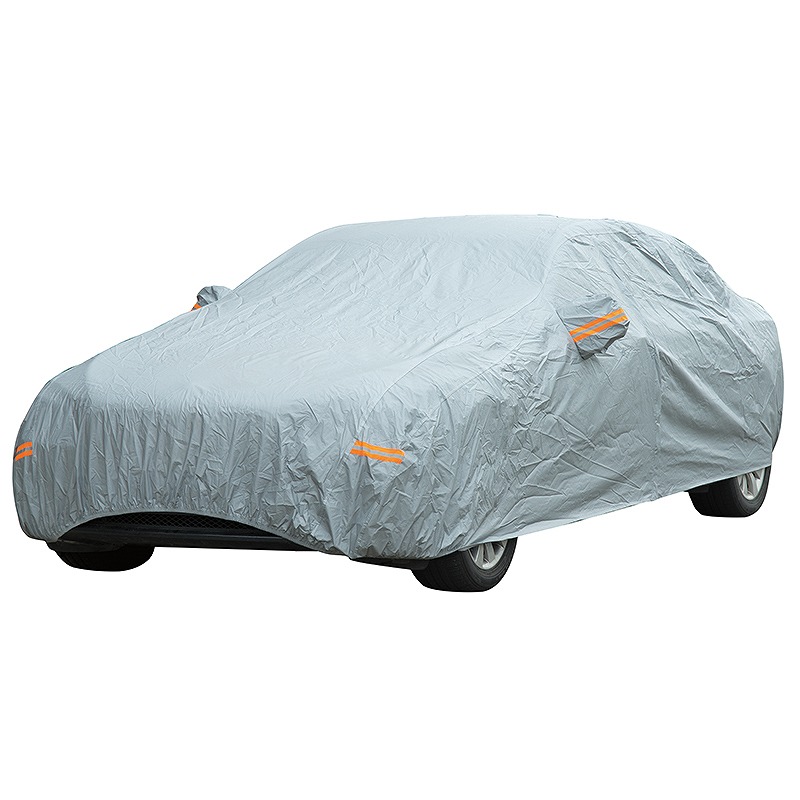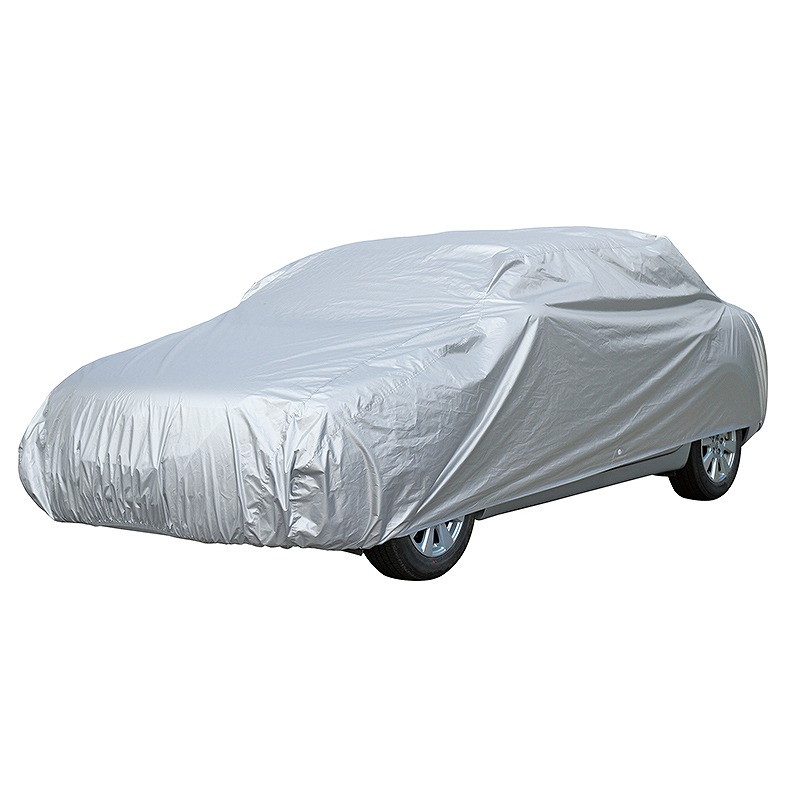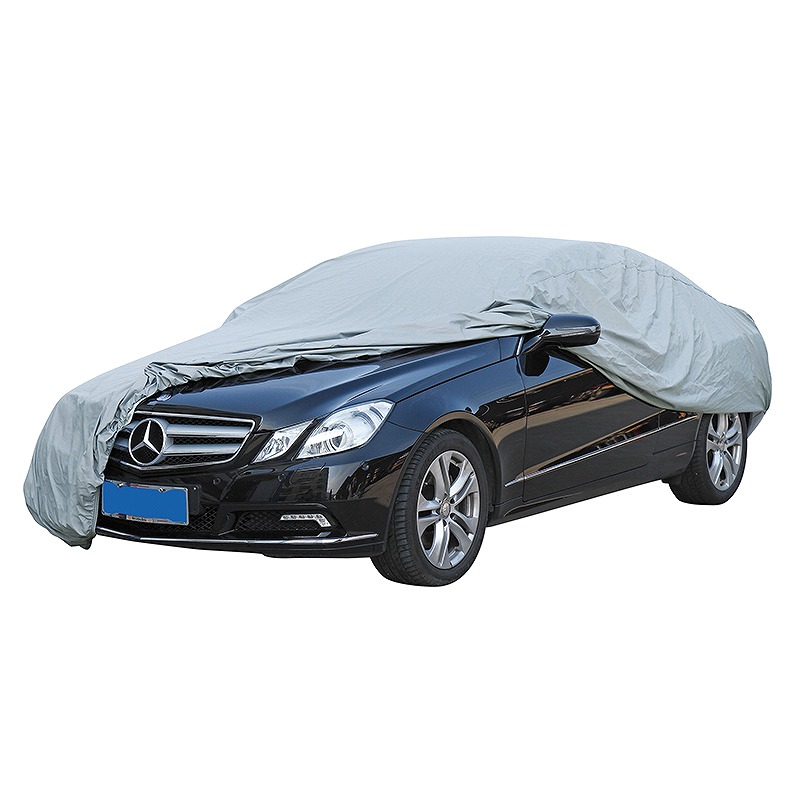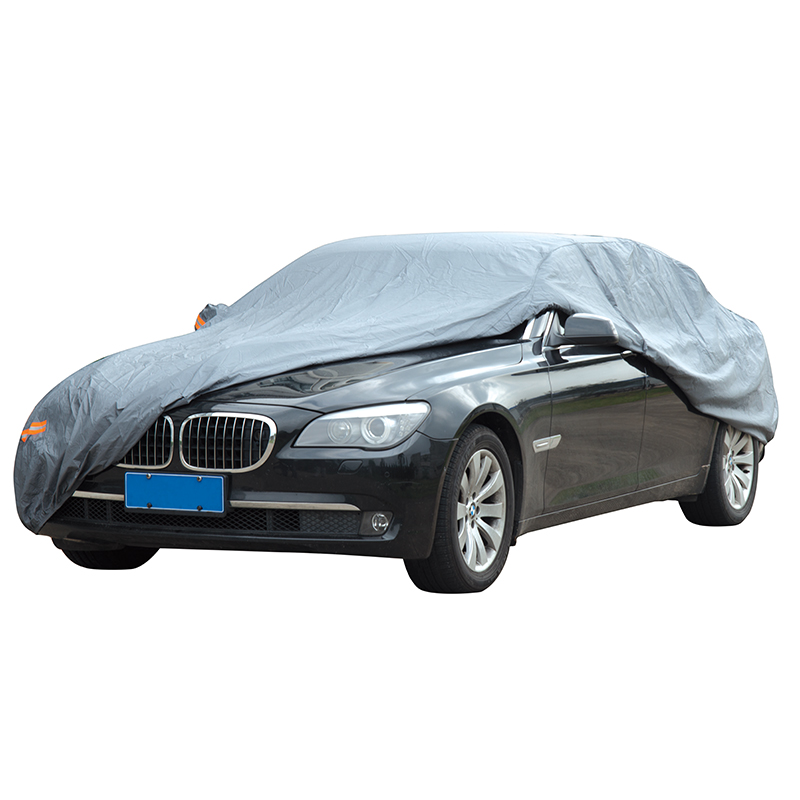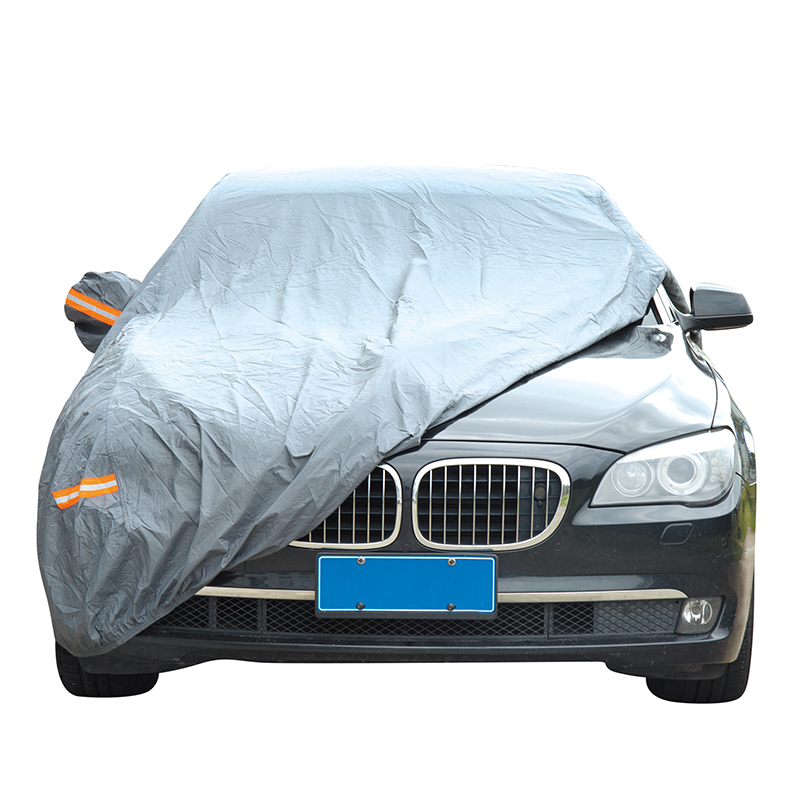Long hours behind the wheel often make drivers pay more attention to the quality of the seat cushion they use, while protective accessories from a car cover factory ensure the exterior of the vehicle is equally safeguarded. Both elements highlight how design and material choices affect not only comfort and style but also durability in everyday driving. Understanding how seat cushions are created to balance these factors can help drivers choose products that truly support their needs.
The Relationship Between Cushion Shape and Comfort
A seat cushion’s effectiveness is largely shaped by its contour and structure. Flat designs may provide a quick fix but often fail to give proper support. Contoured cushions, on the other hand, follow the natural curve of the body, easing pressure on the lower back and hips. When the design maintains even weight distribution, discomfort caused by prolonged sitting is reduced. This makes a significant difference for drivers who spend hours commuting or traveling long distances.
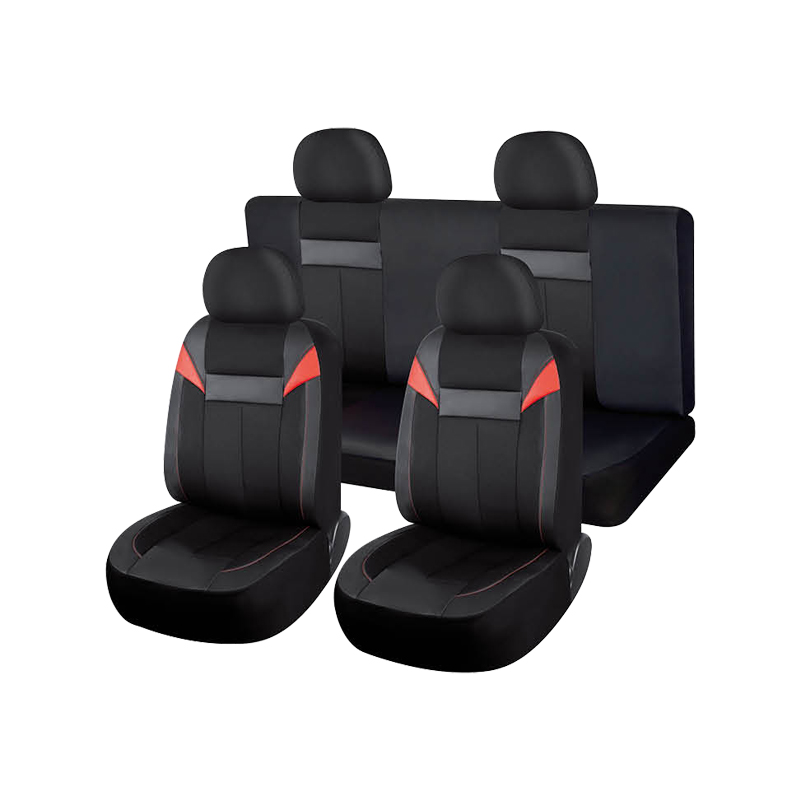
Material Choices That Affect Durability
Materials directly influence how long a cushion retains its supportive qualities. High-density foams are known for holding their shape over time, while softer foams may compress quickly under frequent use. Some cushions integrate layered constructions, combining firm bases with softer upper layers to strike a balance between support and comfort. Covers made of fabrics such as breathable mesh or synthetic leather also extend durability while providing resistance against wear and tear. Much like the approach taken in a car cover factory, material selection is not only about function but also about maintaining long-term performance.
Style as Part of Interior Aesthetics
Beyond comfort, seat cushions add a layer of style to a vehicle’s interior. Choices range from minimalist solid colors to patterned designs that reflect personal taste. Matching the cushion with seat covers, mats, or other accessories creates a coordinated look, making the interior appear more polished. Drivers who view their vehicle as an extension of personal style often consider cushions not just as functional items but as part of an overall design theme.
The Role of Breathability in Everyday Use
Cushions that allow airflow are particularly useful in warmer conditions. Breathable fabrics or ventilated structures reduce heat buildup, preventing the discomfort of sitting on hot surfaces during summer. Some materials are designed to wick away moisture, keeping the seating area dry. This practical feature supports long-term use by maintaining comfort in different weather conditions.
Ergonomic Features for Posture Support
Posture support remains one of the key reasons drivers invest in seat cushions. Adjustable or removable components allow customization, making it possible to adapt the cushion to various body types. Ergonomics here is not a luxury but a way to ensure healthy positioning during extended periods of sitting.
Maintenance and Cleaning Considerations
Cushions that come with removable covers are often easier to clean, which extends their usability. Fabrics that resist stains and spills are also practical for drivers who spend long hours in their vehicles or transport passengers regularly. Just as car cover materials require occasional cleaning to maintain effectiveness, seat cushions benefit from regular upkeep to remain fresh and functional.
Adaptability to Different Driving Needs
Drivers have varied requirements depending on how they use their vehicles. Those engaged in frequent city driving may prefer thinner cushions that do not interfere with getting in and out of the car, while long-distance drivers often look for thicker options that provide consistent support over time. Climate, personal comfort preferences, and even medical conditions can influence which design is appropriate.
Connecting Interior Comfort with Exterior Protection
While cushions enhance comfort inside the car, products developed in a car cover factory protect the exterior from elements such as sun, rain, or dust. Both categories demonstrate how automotive accessories are shaped by material science, design considerations, and user needs. A well-chosen combination of interior and exterior products helps ensure that vehicles remain both functional and visually appealing over time.

 English
English 中文简体
中文简体 русский
русский Español
Español Deutsch
Deutsch عربى
عربى

